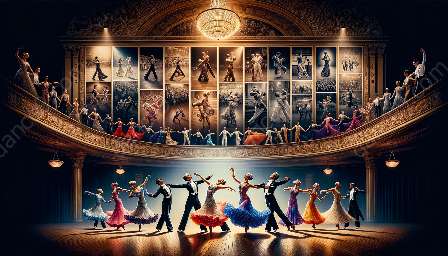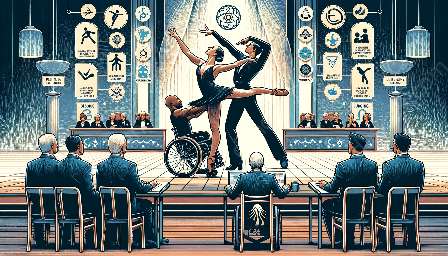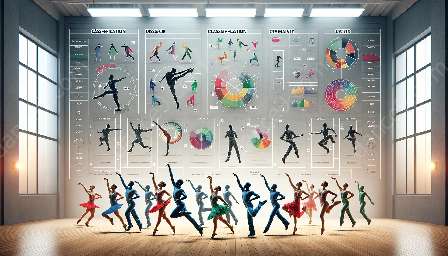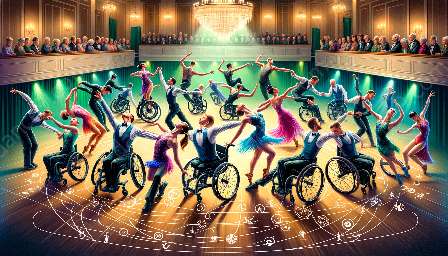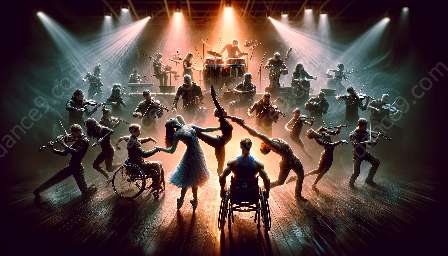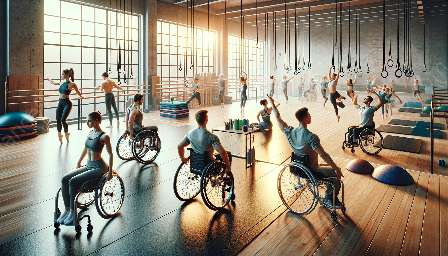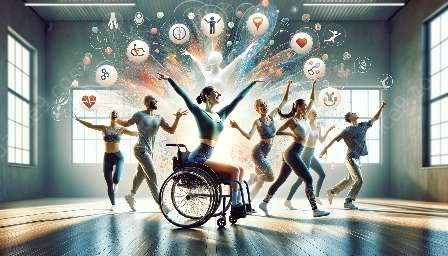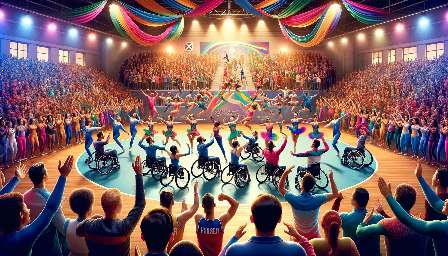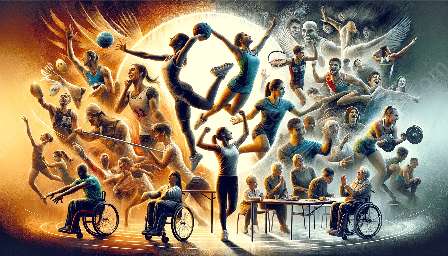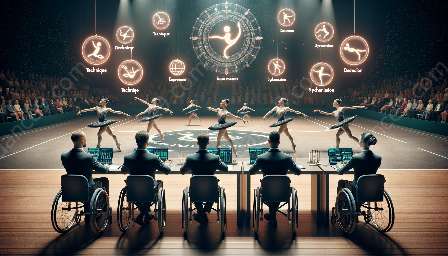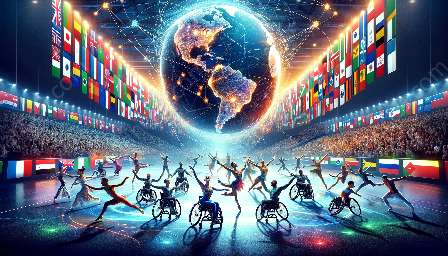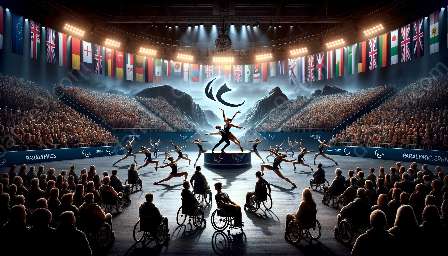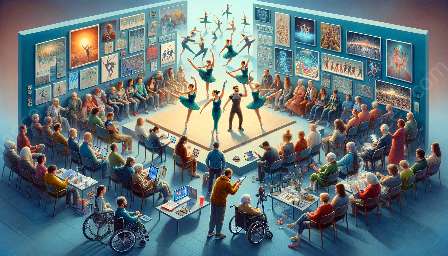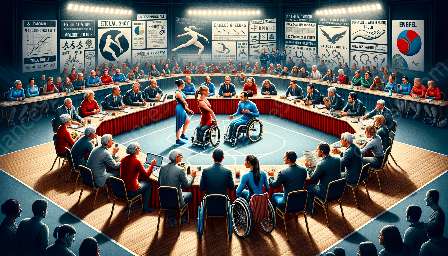Para dance sport is an inclusive form of competitive dance open to individuals with physical impairments. When considering the pedagogical approaches to teaching para dance sport in the university setting, it's essential to focus on creating an inclusive and supportive environment, understanding the impact of para dance sport on participants' lives, and recognizing the significance of the World Para Dance Sport Championships. Let's delve into how the teaching methodologies and techniques can be tailored to cater to the unique requirements of para dance sport.
The Importance of Pedagogical Approaches
Teaching para dance sport in the university setting requires a comprehensive understanding of pedagogical approaches that foster inclusivity, adaptability, and effective skill development. Instructors need to be aware of the diverse needs and abilities of their students and create an environment that promotes growth, confidence, and a sense of community.
Adapted Instructional Techniques
Effective pedagogical approaches involve utilizing instructional techniques that cater to the specific needs of para dance sport participants. This could include breaking down movements into smaller, manageable components, providing tactile and verbal cues, and fostering a strong partnership between the dancer and their coach. In addition, incorporating assistive devices and technology can enhance the learning experience and provide opportunities for personalized training.
Inclusive Learning Environment
Creating an inclusive learning environment is paramount to the success of para dance sport instruction. Instructors can achieve this by promoting empathy, understanding, and respect among all participants. Encouraging peer support and collaboration can also contribute to the overall sense of belonging and motivation within the dance community, both in the university setting and beyond.
Impact of Para Dance Sport on Participants' Lives
Para dance sport has a profound impact on the lives of its participants. Beyond the physical and technical aspects, engaging in para dance sport fosters a sense of empowerment, self-expression, and social connection. By understanding the transformative effects of para dance sport, instructors can tailor their pedagogical approaches to further enhance the well-being and personal development of their students.
World Para Dance Sport Championships
The World Para Dance Sport Championships serve as a pinnacle event in the para dance sport community. It showcases the exceptional skill, dedication, and passion of athletes from around the world. Understanding and emphasizing the significance of this championship can inspire students to strive for excellence in their practice, while also instilling a global perspective and appreciation for the diversity within para dance sport.
Conclusion
Teaching para dance sport in the university setting requires a thoughtful and personalized approach that prioritizes inclusivity, adaptability, and the profound impact of the sport on participants' lives. By embracing pedagogical approaches that foster a supportive learning environment, instructors can not only cultivate skilled dancers but also empower individuals to realize their full potential both on and off the dance floor.

